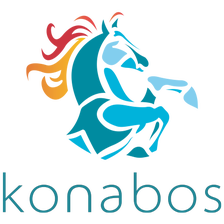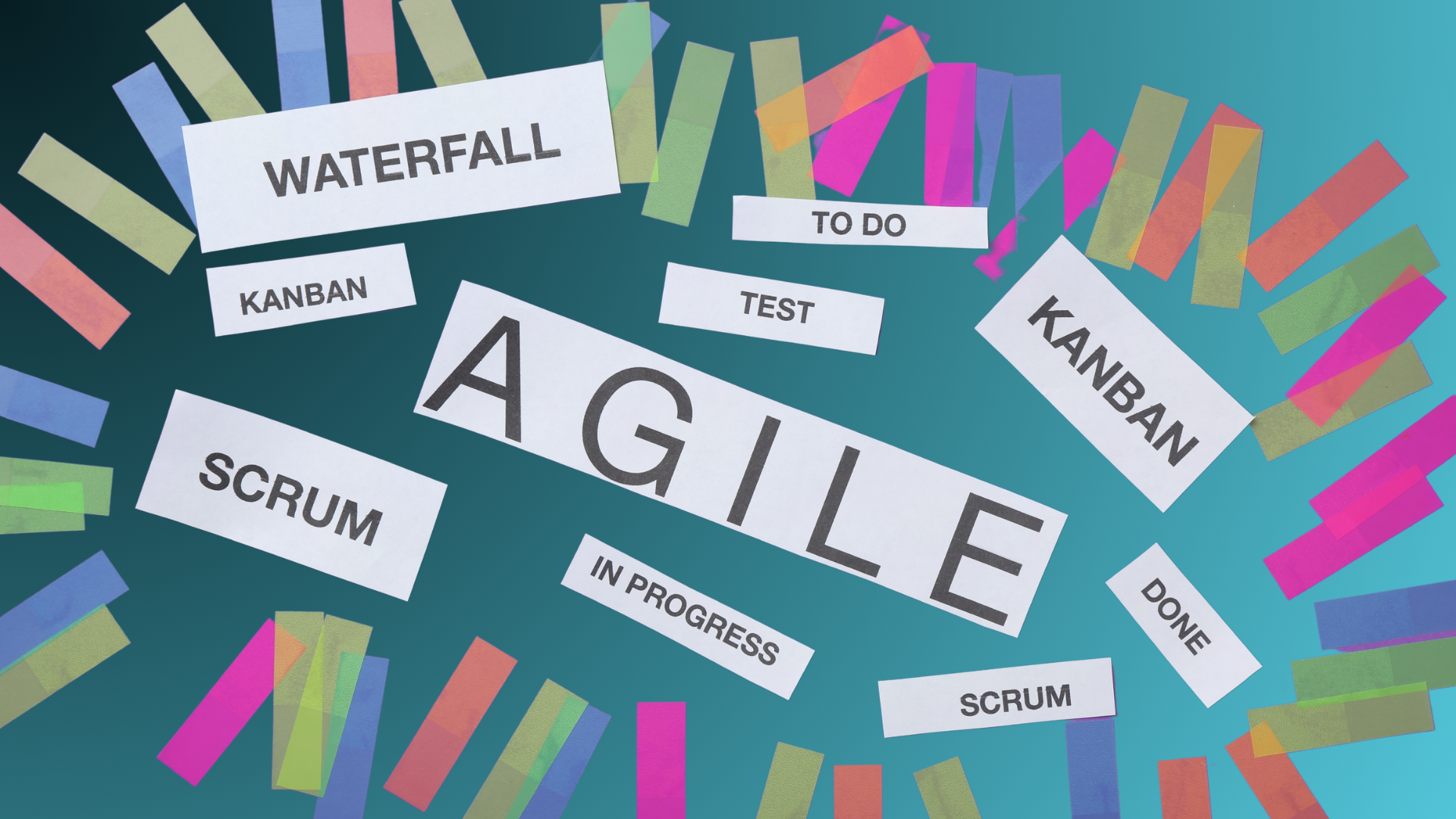Mastering the Mix: How to Use a Hybrid Project Management Methodology to Deliver Successful Software Projects
Mostafa Hanafi - Program Manager
15 Jan 2025
In our fast-paced digital world, project management isn’t a one-size-fits-all discipline. Teams juggle evolving requirements, stakeholder expectations, and technological advances. Traditional approaches like waterfall and agile each have their strengths, but what if we could have the best of both worlds? Enter hybrid project management methodologies, the innovative approach that blends frameworks for optimal outcomes.
In this blog post, I will highlight a hybrid project management methodology, why it matters, its benefits and challenges, and a practical example of how to use one to ensure a smooth project delivery. Let’s get started!
First, hybrid project management combines elements of various methodologies, typically agile and waterfall, to tailor-fit the project’s specific needs. While waterfall’s linear structure excels in detailed planning and clear milestones, agile’s iterative nature thrives on flexibility and rapid delivery. A hybrid approach picks practices from each to create a customized strategy.
For instance, a team might use waterfall for initial project planning and risk assessment, then switch to agile sprints for development. This blend ensures strategic foresight without sacrificing adaptability.
Not all teams or projects are the same, so project managers should start by mapping out their project’s unique demands. Then, they should identify stages where detailed documentation is critical and where iterative development can accelerate progress.
So now, why does this matter? Modern software projects face many challenges, such as evolving requirements, scope creep, limitations of remote teams, etc. Rigid methodologies struggle to address such challenges. Therefore, a hybrid approach accommodates these complexities, allowing teams to pivot without derailing the entire project.
For example, consider a compliance-heavy project. The initial phases might require waterfall’s structured documentation, while agile sprints in later stages adapt to real-time feedback. It’s no wonder a PMI report found that 60% of project managers now use some form of hybrid methodology.
What are some of these hybrid methodologies, you ask? Great question!
Here are some popular combinations:
- Waterfall + Agile: Use waterfall for upfront planning and then transition to agile for execution. This approach is ideal for projects with a clear end goal but evolving paths.
- Scrum + Kanban: Scrum’s sprints and defined roles combined with Kanban’s visual workflow management streamline both structure and continuous delivery.
- Lean + Agile: Combining Lean’s focus on minimizing waste with Agile’s iterative cycles ensures efficiency without compromising innovation.
Now let’s see how such hybrid methodology can be used in a Content management systems (CMS)implementation project.
Implementing a hybrid approach for CMS projects requires a strategic balance. Content management systems often involve diverse teams—from developers and content creators to marketers and IT administrators—each with unique needs. A hybrid methodology ensures structured planning while accommodating the iterative development and testing cycles critical to CMS success.
- Evaluate Project Needs Thoroughly:
CMS implementations usually begin with clear requirements, such as feature specifications, user roles, and security protocols. A waterfall approach works well for initial phases like planning, design documentation, and architecture setup. Transitioning to agile allows teams to handle development sprints, feature enhancements, and user testing in iterative cycles.
What to do: Start with a detailed requirements-gathering workshop. Document each phase comprehensively, ensuring that essential features, compliance needs, and content migration plans are clearly defined before development begins.
- Integrate Cross-Functional Teams:
Content creators, developers, and UX designers often have different priorities in CMS projects. Waterfall is useful here to align stakeholders and set clear milestones, additionally agile sprints would be used continuous feedback and adjustments during designs phase content migration for instance.
What to do: Establish cross-functional squads where members from each team collaborate closely during sprints. This ensures that design, content, and technical aspects stay aligned, reducing friction points later.
- Leverage the Right Tools:
Use project management platforms that support multiple methodologies, such as Jira or Azure DevOps. These tools allow teams to create Gantt charts for long-term planning (waterfall) and Kanban boards or sprint backlogs for agile execution.
What to do: Set up dashboards tailored to different teams. For example, developers might use sprint boards, while content teams could use simple spreadsheets to track project milestones.
- Conduct Regular Retrospectives:
Continuous improvement is crucial in hybrid methodologies. Hold retrospectives after each major phase (planning, development, migration) to gather stakeholder feedback. Unlike a single rigid methodology, a hybrid approach provides greater flexibility, so using the teams’ feedback helps to adjust processes based on what’s working and what’s not working.
Actionable Insight: Use retrospectives to evaluate progress and align the roadmap for the next phase. Document insights in a shared repository to build a knowledge base for future projects.
By applying these best practices, software project managers can take a balanced approach to navigating the complexities of CMS implementations. Hybrid methodologies ensure that structured planning supports creative, adaptive execution to deliver a robust CMS solution that meets the business and user needs.
To sum up, in a world where change is the only constant, hybrid project management methodologies offer the flexibility and structure software teams need to thrive. By blending the best practices from different approaches, you can create a strategy that adapts to challenges without losing direction.
So why stick to one recipe when you can create your own signature dish? With hybrid project management, you’re not just following trends, you’re setting the table for long-term success.

Mostafa Hanafi
Mostafa is an experienced Project Manager and Scrum Master who has been managing Sitecore projects for more than 8 years. During his 12 years of experience in the field, Mostafa has also excelled as a Business Analyst and Product Manager, where he practices his passion for solving problems. In addition, Mostafa is also a two-time Sitecore MVP. As a Program Manager at Konabos, Mostafa will work with clients to ensure their business goals are achieved in the most efficient and cost-effective way.



Share on social media